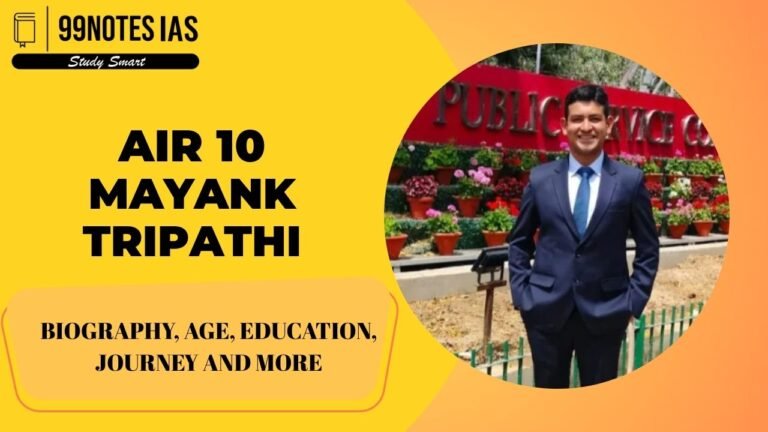UNICEF Report 2025: Addressing Global Challenges Faced by Children
| Topic: GS2 – Social Justice |
| Context |
|
Analysis of the news:
About UNICEF:
- The United Nations International Children’s Emergency Fund (UNICEF) was established in 1946, in the aftermath of World War II.
- Mandate: To help children and young people whose lives and futures were at risk – no matter what role their country had played in the war.
- It works in over 190 countries and territories to protect the rights of every child.
- Funding: UNICEF’s work is funded entirely through the voluntary support of millions of people around the world and our partners in government, civil society and the private sector.
- Awards: It has received the Nobel Peace Prize in 1965, the Indira Gandhi Prize in 1989, and the Princess of Asturias Award in 2006.
- It publishes important Reports: The State of the World’s Children, The State of the World’s Children reports.
- Global Initiatives:
- In 2012, UNICEF worked with Save the Children and The United Nations Global Compact to develop the Children’s Rights and Business Principles, and now these guidelines form the basis of UNICEF’s advice to companies.
- UNICEF’s Data Must Speak Initiative (DMS) helps countries unlock existing data to expand access to education and improve learning for all.
- Headquarters: It is headquartered in New York City.
Key Highlights of the UNICEF Report on Children’s Challenges
Impact of Conflict on Children
- In 2023, over 473 million children—one in six globally—lived in conflict zones, marking a rise from 10% in the 1990s to 19% today.
- These children face severe risks, including displacement, starvation, disease, and psychological trauma, highlighting the urgent need for protective interventions.
Debt Crisis and Its Impact on Children
- Nearly 400 million children live in countries struggling with heavy debt burdens, which restrict investments in essential sectors like education, healthcare, and social services.
- A 5% increase in external debt for low- and middle-income countries could slash education budgets by $12.8 billion.
- In several low-income nations, debt servicing far exceeds spending on health and education, leaving 1.8 billion children vulnerable to poverty and economic shocks.
Climate Change Impact
- Only 2.4% of global climate finance is allocated to child-responsive initiatives, weakening crucial social services such as healthcare and education.
- This underinvestment in children during climate crises underscores the need for targeted financing to protect their future.
Digital Inequality
- While Digital Public Infrastructure (DPI) is transforming service delivery, a digital divide persists.
- In high-income countries, most youth (15-24 years) have internet access, but in Africa, only 53% of youth are connected, with adolescent girls and children with disabilities particularly disadvantaged.
- Nine out of ten adolescent girls in low-income countries remain offline, limiting their opportunities.
Way Forward
- The report calls for increased financing for climate recovery, focusing on child-responsive healthcare, education, and psychological well-being during crises.
- It urges the creation of inclusive systems that prioritize children’s rights and the integration of child rights into digital initiatives to bridge inequality gaps.
| Constitutional Provisions for Child Protection in India |
|
|
PYQ: With reference to the United Nations Convention on the Rights of the Child, consider the following: (2010)
Which of the above is/are the Rights of the child? (a) 1 only (b) 1 and 3 only (c) 2 and 3 only (d) 1, 2 and 3 Ans: (d) |
| Practice Question: Examine the challenges highlighted in the UNICEF report, and suggest policy measures to safeguard children’s rights and well-being globally. (150 Words /10 marks) |
For more such UPSC related Current Affairs, Check Out India Achieves Historic Space Docking Milestone: ISRO’s SpaDeX Mission Paves the Way for Advanced Space Exploration

